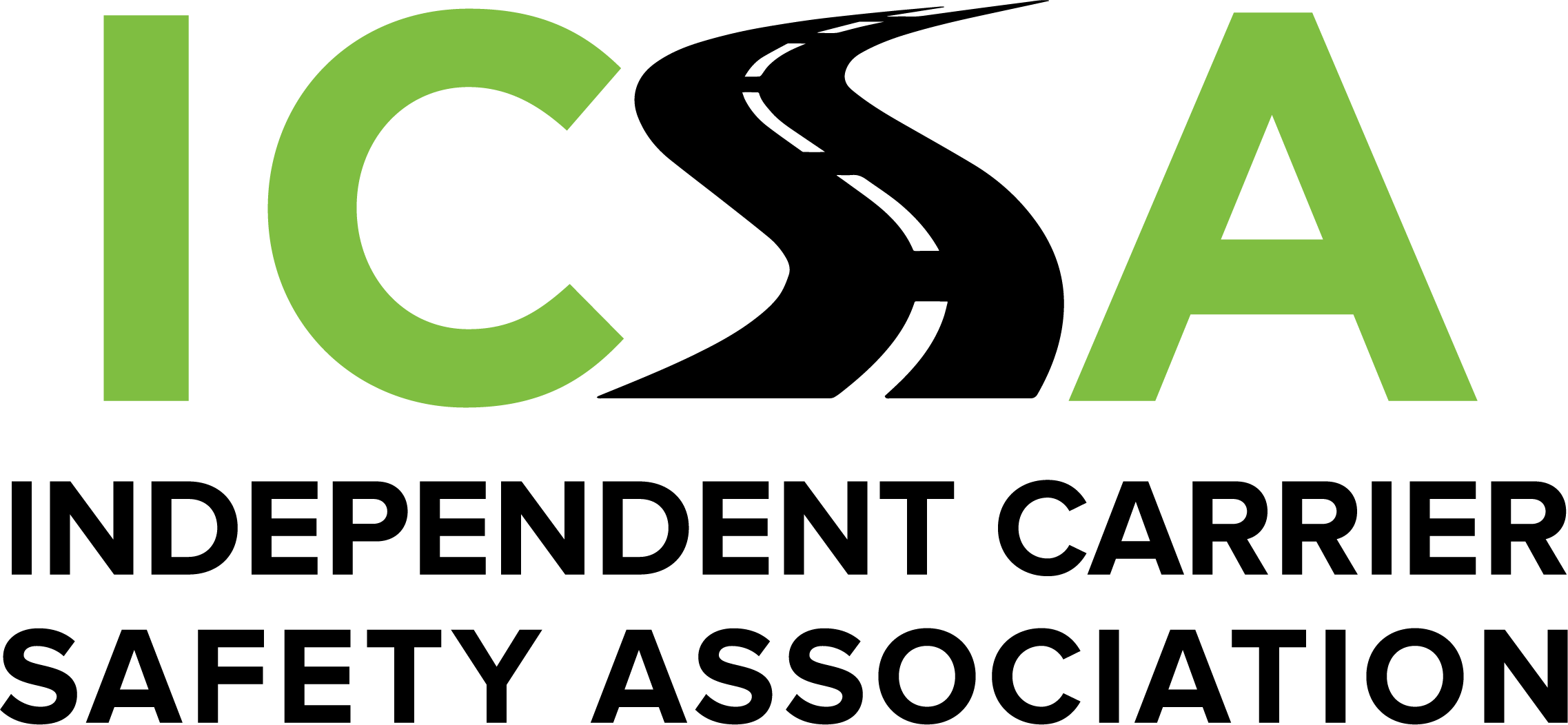After reviewing massive amounts of truck traffic citation and violation data and subsequent crashes involving the drivers cited in the data review, an American TransportationResearch Institute (ATRI) study showed that drivers cited for these specific traffic behaviors are at highest risk of a future crash:
- Reckless driving
- Improper turn
- Improper or erratic lane change
- Failure to yield right of way
- Failure to maintain proper lane
When a driver receives a citation and/or is convict-ed for one of these behaviors, the likelihood of a future crash increases from 325% for reckless driving down to 91% for failure to stay in the proper lane. Moreover, the study also showed that drivers who had been involved in a prior crash were 87% more likely to get in another crash. Other crash probabilities are detailed in the chart below.

From “Predicting Truck Crash Involvement—2018 Update” - American Transportation Research Institute
Fleets and drivers don’t need to accept these statistics as the inevitable consequences of operating commercial vehicles in today’s traffic environment. On the contrary, other ICSA safety experts and I have used this data to raise drivers’ awareness of how such violations and convictions put them at greater risk for a crash. Raising awareness is the first key step to improving driver behavior on the road.
We also strongly believe in using technology to improve safety, especially forward-facing in-cab cameras. This is why ICSA requires its Platinum-level members to install cameras in their trucks if they wish to be covered under our insurance offerings. We then are able to re-view videos that show a hard stop or other sudden traffic maneuver and use our knowledge to coach fleets and drivers on steps to take to reduce such incidents and—ultimately– to prevent future crashes.
As a start, we suggest copying the chart and posting it where you and/or your drivers can refer to it on a regular basis. We also recommend you contact ATRI and request a copy of the full report—which has some very useful information beyond simply the crash predictor data.




